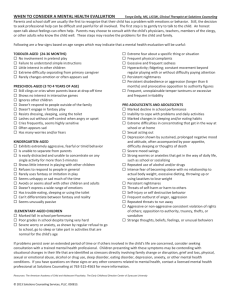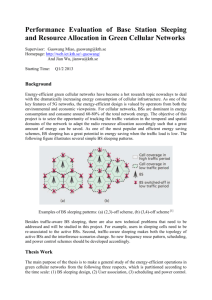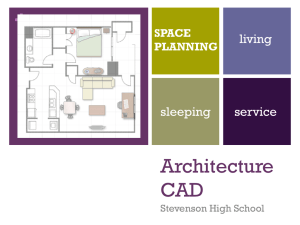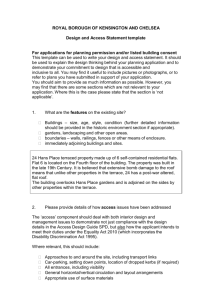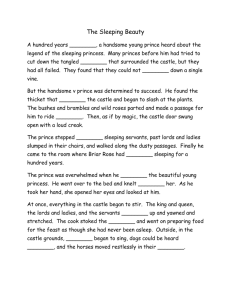MS Word - AsthmaCommunityNetwork.org
advertisement
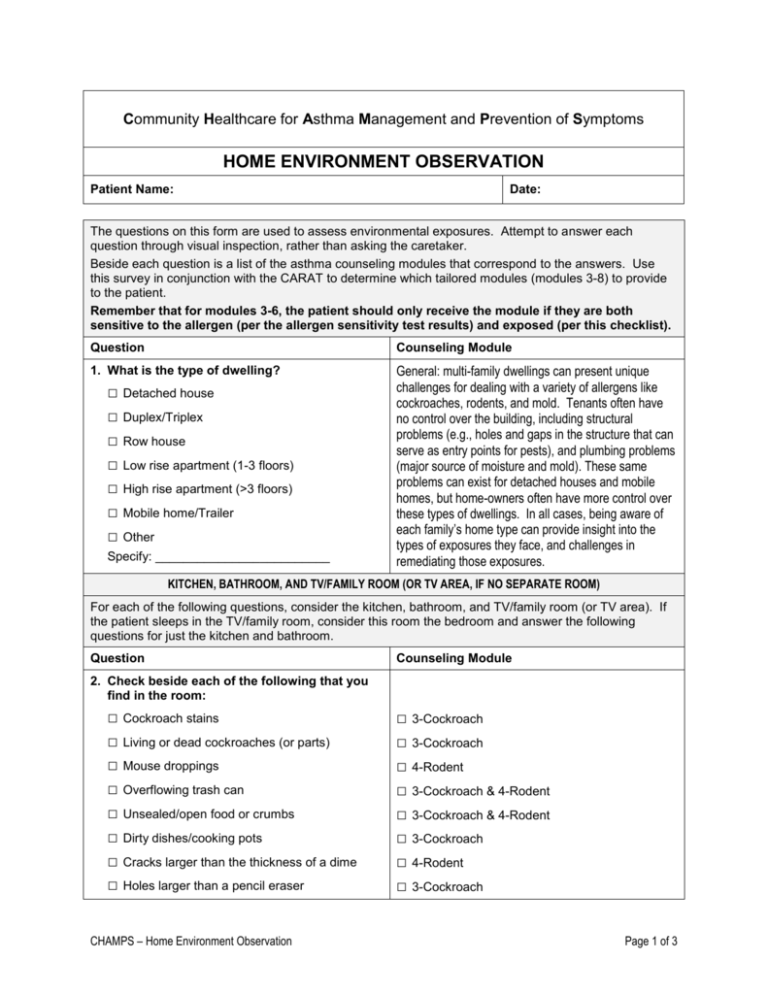
Community Healthcare for Asthma Management and Prevention of Symptoms HOME ENVIRONMENT OBSERVATION Patient Name: Date: The questions on this form are used to assess environmental exposures. Attempt to answer each question through visual inspection, rather than asking the caretaker. Beside each question is a list of the asthma counseling modules that correspond to the answers. Use this survey in conjunction with the CARAT to determine which tailored modules (modules 3-8) to provide to the patient. Remember that for modules 3-6, the patient should only receive the module if they are both sensitive to the allergen (per the allergen sensitivity test results) and exposed (per this checklist). Question Counseling Module 1. What is the type of dwelling? General: multi-family dwellings can present unique challenges for dealing with a variety of allergens like cockroaches, rodents, and mold. Tenants often have no control over the building, including structural problems (e.g., holes and gaps in the structure that can serve as entry points for pests), and plumbing problems (major source of moisture and mold). These same problems can exist for detached houses and mobile homes, but home-owners often have more control over these types of dwellings. In all cases, being aware of each family’s home type can provide insight into the types of exposures they face, and challenges in remediating those exposures. □ Detached house □ Duplex/Triplex □ Row house □ Low rise apartment (1-3 floors) □ High rise apartment (>3 floors) □ Mobile home/Trailer □ Other Specify: _________________________ KITCHEN, BATHROOM, AND TV/FAMILY ROOM (OR TV AREA, IF NO SEPARATE ROOM) For each of the following questions, consider the kitchen, bathroom, and TV/family room (or TV area). If the patient sleeps in the TV/family room, consider this room the bedroom and answer the following questions for just the kitchen and bathroom. Question Counseling Module 2. Check beside each of the following that you find in the room: □ Cockroach stains □ Living or dead cockroaches (or parts) □ Mouse droppings □ Overflowing trash can □ Unsealed/open food or crumbs □ Dirty dishes/cooking pots □ Cracks larger than the thickness of a dime □ Holes larger than a pencil eraser CHAMPS – Home Environment Observation □ 3-Cockroach □ 3-Cockroach □ 4-Rodent □ 3-Cockroach & 4-Rodent □ 3-Cockroach & 4-Rodent □ 3-Cockroach □ 4-Rodent □ 3-Cockroach Page 1 of 3 Question 3. Do you see any evidence of moisture, leaks, or standing water in any of these rooms? [dripping faucets/pipes/water heaters, standing water in pots/pans in sink, water stains on ceilings and walls, overflow around toilet/sink/tub, humidifier, condensation/fog on windows and mirrors, un-vented bathroom, moist basement/crawl space] □ Yes □ No Counseling Module □ 3-Cockroach, 4-Rodent, & 6-Mold Note locations where water was found for the counselor: 4. Is there a musty smell in any of these rooms? □ Yes □ No □ 6-Mold 5. Is there a gas cooking stove, gas range, or gas oven in the kitchen? □ Yes □ No □ 8-Other Asthma Triggers (NO2 exposure) 6. Does the kitchen have a working hood/vent that is vented outside? □ Yes □ No □ 8-Other Asthma Triggers (NO2 exposure) 7. Do you see any evidence of smoking in any of these rooms? [ashtrays, cigarette butts, smell of tobacco smoke] □ Yes □ No □ 7-Environmental Tobacco Smoke 8. Check all rooms with wall-to-wall carpeting. □ Patient’s bedroom □ Kitchen □ Bathroom □ TV/Family Room CHAMPS – Home Environment Observation □ 2-Safe Sleeping Zone General: carpets can trap dust, mold, pet, and pest allergens in the home. If possible, families should remove carpets, especially in the bedroom and other rooms the patient uses most frequently (e.g., living room). If carpet removal is not an option, routine cleaning with a HEPA vacuum is advised. Page 2 of 3 PATIENT’S BEDROOM (OR SLEEPING AREA, IF NO SEPARATE ROOM) The following questions should be answered by visual inspection of the room where the patient usually sleeps. If the patient sleeps in a parent’s room, couch, or other location, treat that room as the patient’s bedroom for the purposes of this evaluation. Question Counseling Module 9. Check beside each of the following that you find in the room: □ Cockroach stains □ Living or dead cockroaches (or parts) □ Mouse droppings □ Overflowing trash can □ Unsealed/open food or crumbs □ Dirty dishes □ Cracks larger than the thickness of a dime □ Holes larger than a pencil eraser □ 2-Safe Sleeping Zone & 3-Cockroach □ 2-Safe Sleeping Zone & 3-Cockroach □ 2-Safe Sleeping Zone & 4-Rodent □ 2-Safe Sleeping Zone,3-Cockroach, & 4-Rodent □ 2-Safe Sleeping Zone,3-Cockroach, & 4-Rodent □ 2-Safe Sleeping Zone & 4-Rodent □ 2-Safe Sleeping Zone & 4-Rodent □ 2-Safe Sleeping Zone & 3-Cockroach 10. Do you see any evidence of moisture or leaks? □ Yes □ No □ 2-Safe Sleeping Zone, 3-Cockroach, 4-Rodent, & 6-Mold 11. Is there a musty smell? □ Yes □ No □ 2-Safe Sleeping Zone & 6-Mold 12. Comments and Notes: CHAMPS – Home Environment Observation Page 3 of 3
